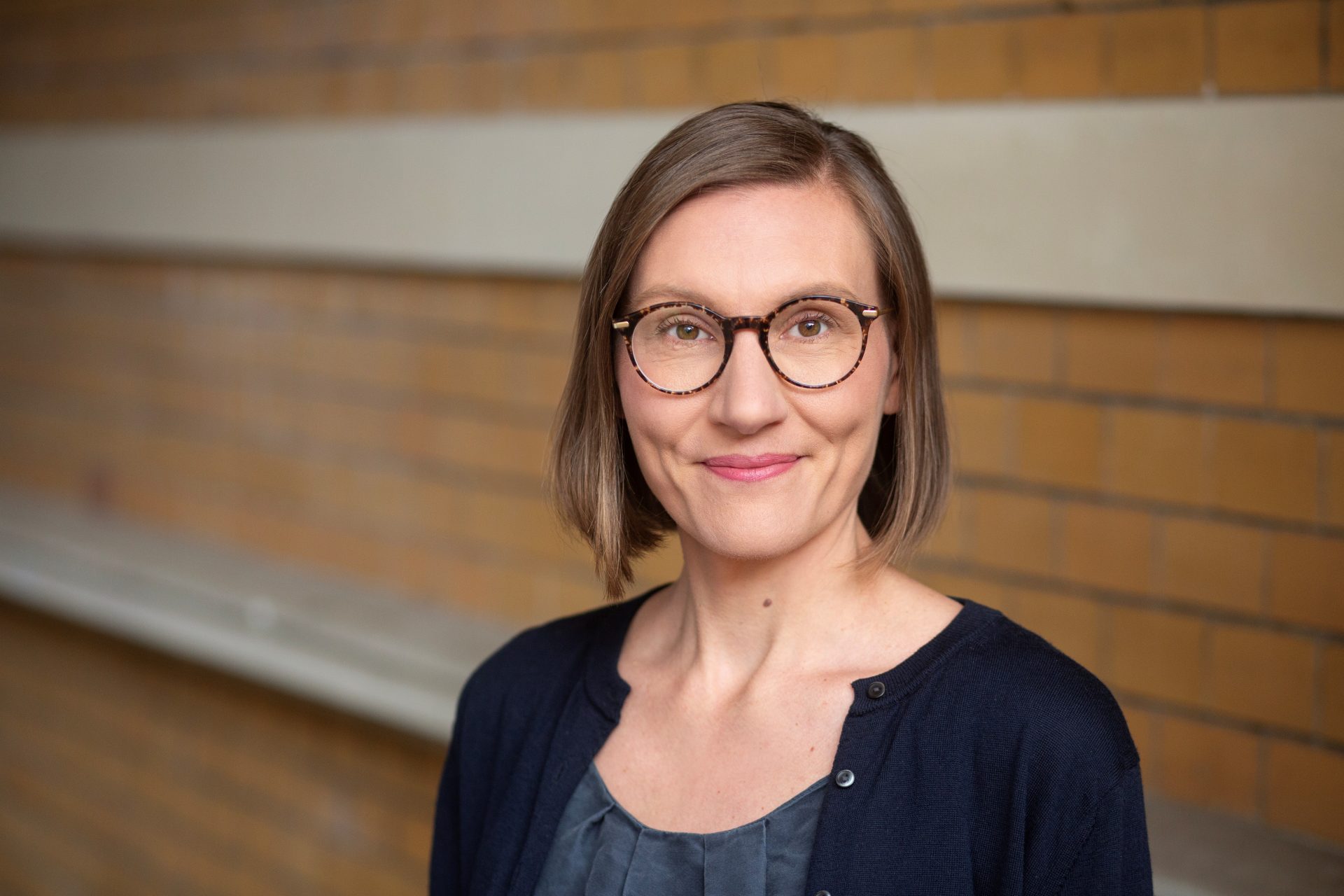Hands on hips, a cigarette sassily hanging in the corner of her mouth, her gaze forceful: It was around 1928 that Jeanne Mammen painted the picture “She Represents”, showing a woman in suit trousers and a top hat, and thus perfectly captured the heart of Berlin in the “roaring twenties”. During the interwar years of the Weimar Republic, the rapidly growing city, soon to be consolidated into “Greater Berlin”, was the stomping ground of a wild mix of artist and writers, members of the upper classes and people who had lost everything in the war. Berlin was buzzing.
It was during World War I that Mammen, who had grown up with her family in France, came to Berlin. Socialized by the art of Henri Toulouse-Lautrec, Edgar Degas and the warmth of the French, she initially found it hard to get used to the standoffishness and colder nature of the Germans and the Reich. Yet thanks to her small residential studio in a summerhouse on Kurfürstendamm, which she shared with her sister Mimi, she soon settled into the very heart of the turbulent metropolis. Berlin was continually sliding from one crisis to the next, but within a few years the city would rear up like a wounded animal with nothing more to lose; the people began to make up for the long starvation of the war years with cheerful hedonism, sexual excess and champagne by the liter.
Sometimes exaggerated, sometimes extreme
Jeanne Mammen was a firm fixture, but she tended to take part more as a silent observer than a participant in the action. With a sharp eye and an even sharper pencil, she captured the bohemian life playing out at the café tables of the Weimar Republic, painting the boisterous garçonnes and the emancipated Fräuleins with their jet-black bobs, the “new women”. Throughout her life she primarily chose women as a motif: Sometimes as exaggerated caricatures as a way to typify “the face of the time”, sometimes in intimate or even eroticized surroundings to which men were denied access.

Her portrait of “Revue Girls” dated 1928/29, on the other hand, combines both these spheres: Wearing tight, translucent costumes and jaunty hats, Berlin’s revue girls worked in the dance theaters that were flourishing at that time, their long legs provoking many a bead of sweat on the brows of the bald-headed men. With their swinging hips, they would merge into one great mass that served only to fuel lust – yet Jeanne Mammen also shows the exhaustion on their faces, which their heavy make-up is scarcely able to hide: the feminine ideal alternating between nurturing housewife and de-individualized sex object – a double standard of the day, which the artist continually sought to expose.
A love-hate relationship
While Mammen painted her way into the heads and hearts of the population with illustrations for magazines, film posters and short stories during the 1920s, a new chapter began for her too when the Nazis came to power in 1933. Although she maintained an intense love-hate relationship with Berlin throughout her life, she decided not to leave the city – instead she began an internal emigration. Without official assignments – many of the magazines she had drawn for were forced to close with the crackdown on the press – during the dark years of World War II she turned her attentions to her role-model Picasso, whose monumental image “Guernica” she had seen at an exhibition in Paris in 1937.

Her paintings from this period are marked by the typical Cubist forms, with distorted mouths and eyes torn open: “The Strangling Angel” was painted between 1939 and 1942 and shows notable similarities to the great Spanish original even to the untrained eye. Yet while Picasso expressed his horror at the events of the Spanish Civil War using black and gray shading, Mammen uses an Expressionist breadth of colors and does not refer to specific events. One year later, she largely abandoned painting to work on sculptures and collages.
World war, inflation, another world war, occupation and the construction of the Wall, and now another – albeit “cold” – war: By her death in 1975 Jeanne Mammen had experienced and captured a huge range of political systems and societies. Sometimes she would lose her humor in the process – but never her hope.

